Old La Honda Road
/There’s no quaint ghost town called Old La Honda waiting at the end of the road of the same name. Old La Honda Rd, built ten years after the Civil War ended, is a road biking favorite, being the shortest and least traveled-by-car route to Skyline Blvd., which forms the crest of the local mountain range.
Biking the San Mateo County “loop” clockwise, you will find Old La Honda Rd. located off Portola Road, past the intersection with Woodside Rd. Across a small bridge, Old La Honda Rd. initially parallels a heavily shaded gully, through which Dennis Martin Creek flows. The creek is named after a remarkable pioneer who went from boom to bust over a century ago. His two saw mills were located in the ravine off the first sharp left turn.
Martin was one of the few early settlers to arrive in California without jumping ship. He crossed the Sierra in the first wagon train in 1844.
He purchased property on San Francisquito Creek, downstream from a little settlement, Searsville, named after another settler, John Sears. Martin continued to buy land and built two expensive lumber mills in a nearby redwood forest, serviced by a haul road benched into a steep hillside creek bank that is now the first few hundred feet of Old La Honda Rd.
Near his house he built a church and a cemetery at the scenic base of Jasper Ridge, the wooded hillside now visible from Sand Hill Rd. as it climbs west of I-280. The Irish-born Martin eventually lost or sold everything, including his homesite, eventually bought by railroad tycoon Leland Stanford. All traces of Martin’s spread including the cemetery were removed for the construction of the linear accelerator operated by Stanford University.
Disenchanted gold miners drifted onto the San Francisco peninsula in the years following the gold rush, providing a labor pool for logging redwood trees and loading them onto ships at docks in Redwood City. However, the local economy sagged in the decade following the gold rush. Searsville was condemned to be flooded for a reservoir. Martin died broke in San Francisco in 1890. A year later, the dam was completed and filled Searsville Lake. Nearby, Stanford inaugurated the first year of his university.
The town of La Honda was founded beside the creed named in Spanish as the Arroyo Honda or Deep Creek (in the hills). Back then, the store was owned by John Sears, namesake of Searsville, where he operated another store. To construct the new store, he hired a couple of carpenters from the Midwest, Jim and Bob Younger, who later returned to Missouri to rob banks inside of pound nails, along with their brother Cole, and Jesses and Frank James.
The old road was chosen as the start of a toll route for individual travelers and stagecoaches to the settlement of La Honda. After biking a couple of hard miles, you’ll come upon Upenuf Rd., named for where passengers had walked “up enough.” And re-boarded the stage. A few false summits remain before you reach Skyline Blvd. at the crest.
At one time the Summit Saloon at the crest provided a rest stop while sweaty horses got a breather. Sweaty bikers now only get cool ocean breezes as they typically stop to regroup and put on jackets before descending the west side (which wasn’t every paved until 1987).
Built in 1915, “new” La Honda Rd., also known as State Route 84, crosses Skyline Blvd. at a lower saddle, where the Skylonda community is located and joins the “old” route three miles above the town of La Honda. Most bicyclists coming uphill form the coast choose to stay on SR 84,keeping the narrow west side of Old La Honda Rd. mostly free for the downhill enthusiast.
You would be doing well to beat 25 minutes, biking the east side of Old La Honda from the bridge beside Dennis Martin Creek at the bottom to the top at Skyline Blvd., a climb the rises approximately 1,300 vertical feet in jut under four miles. The record is unofficially reported to be held by former speed skater-biker Eric Heiden at 14.11 minutes.
Published Cycle California, May 2005, Vol. 11, #4



